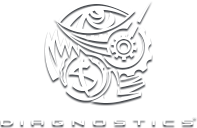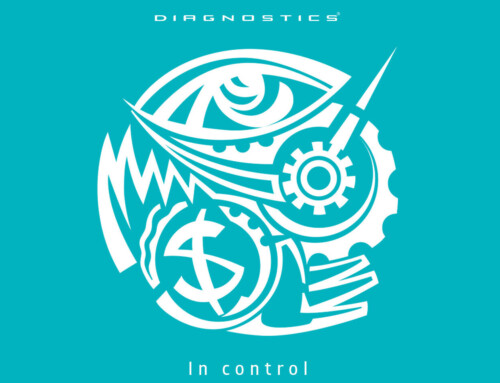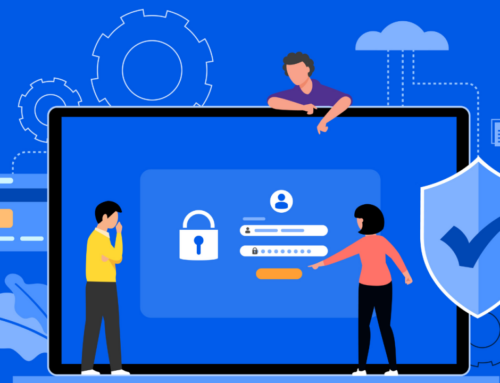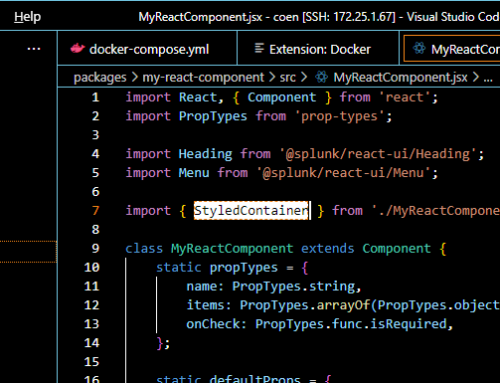When you’re young, you occasionally do irresponsible things. At least, that’s been my experience. I had one of those moments twenty years ago, back when I’d only been with Realworld Systems for three years. We were working for a major water company. In those days, it was standard practice to work on-site in the department that handled GIS data entry. For this particular client, however, the data entry itself moved at a glacial pace. It didn’t take long to find the cause: the users were doing a lot of things, but rarely what they were paid for.
Naturally, I was disturbed by this. In my youthful enthusiasm, I came up with a solution: I developed a tool that would measure how many miles of pipe each user had added to the database over a given period of time. One day, when I was sure it worked perfectly, I proudly showed it to my boss. “Never do anything like that again,” the response came. “Put it away.” Not what I’d expected, obviously. I was stunned. As a youngster, I missed the sensitivity my boss had in these matters.
Helping users do the right thing
All these years later, we still want to know whether users are doing the right thing. Of course, it’s not like we’re wondering if they’re doing anything at all. Rather, we want to know whether they’re following the correct procedures. Are they achieving optimal performance when they enter data into the GIS? Are they designing projects using the most efficient tools?
To get a handle on this, you need to know which business processes and tools users are spending most of their time on. You need to know which functions they are using the most. Correlations between these figures can help you pinpoint inefficiencies. These are valuable insights, precisely because they make it possible to identify solutions as well.
If it turns out that users are consistently applying inefficient work methods, organizing additional training sessions will help them better understand the tools at their disposal. Alternatively, you may find that you need to improve existing tools or add entirely new ones – there are many roads to optimization, after all. But regardless of how you optimize the system, user performance will improve. And with that, you’ll save money and make your users happier. That’s the best part: understanding the system will make them feel like the heroes of the story!
Strong foundations for improvement
Hosting training sessions or improving your tools are great suggestions. But even though they can be extremely effective solutions, they will still require investment. And if you have no idea how much impact the improvements will have, your suggestion will not be taken seriously. So how do you create the support you need to get optimization off the ground?
The answer is simple: by measuring the impact beforehand. When you analyze user actions, you can estimate how much time a given improvement will save by calculating the number of times those actions are performed each month. Multiply that by the amount of time you can shave off and you’ll have an overview of monthly savings. Multiply this by the hourly cost of an operator and you’ll have the ROI that supports your business case for optimization. And of course, you’ll also benefit from improved user experience and happiness – but it’s hard to put a price on that.
Returning to the example I started out with: the issue wasn’t with the idea itself. That wasn’t wrong. The problem was with the intent. Working together with the users is always better than working against them. When it comes to optimization, this approach will give you the greatest gains. Simply measure what they’re doing and start from there. Record sequences of actions and find the correlations that illuminate your efficiencies. Focus on creating a win-win scenario for both the company and the users, take a privacy-minded approach and lay a strong foundation for optimization. If you can do that, there’s no limit to what you can achieve.





